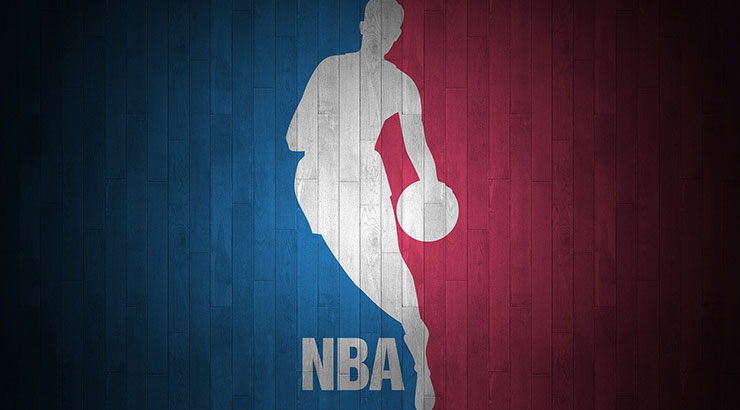The following is a guest contribution by Noah Goodman. Goodman is a Labor and Employment Associate at Ballard Spahr in Philadelphia and he frequently writes about collective bargaining issues in professional sports. Goodman can be reached via LinkedIn.
The NBA and the NBPA should agree to raise its age minimum from 19 to 20 in exchange for increased G-League salaries for players who chose to forgo college. In December 2016, the league and the players union extended their collective bargaining agreement for seven years. The agreement was a no brainer: with television contracts, global interest, and franchise valuations at an all-time high, the NBA is in an era of unprecedented financial prosperity.
Bargained in 2005 and implemented in time for the 2006 NBA draft, the age rule prohibits high school players from entering the league. At that time, the NBPA was in a post-Jordan conundrum. Instead of seeing its most distinguished players in animated sports comedy films and friendly McDonald’s commercials, the league’s image was infused with a progressive and defiant hip-hop culture. While Kevin Garnett, Kobe Bryant, and Tracey McGrady had success as prep-to-pro players, a significant number of players struggled both on the court and off causing a problem for the NBA’s bottom line.
The NBA and NBPA decided to implement a minimum-age rule designed to enhance player development and better prepare league entrants for life as a teenage millionaire by effectively forcing players to attend one year of college. While the age minimum can be rationalized, there was never any empirical evidence that it would help solve the NBA’s problems. With both the owners and players reaping in the league’s financial success, the parties agreed to table the issue when they reached their seven-year CBA extension. The NBA and NBPA are currently looking for innovative strategies to solve its age enigma.
The NBPA wants the age minimum to be eliminated because it serves as an economic restraint. Simply put, if a high school basketball player is capable of playing in the NBA, there should not be any restrictions to earn a living—particularly when his market value exceeds seven figures. In contrast, the NBA wants the age limit to be higher because, from a financial perspective, its biggest weakness is player development. Rookies rarely perform well and—particularly teenagers—frequently spend their first seasons developing on the bench and in the weight room.
In the interest of both parties, there should be an increase in the age minimum from 19 to 20 and, as a tradeoff, G-league salaries should be substantially increased for players choosing to forego college. This rule modification would curb the league’s development problem while also improving players’ ability to earn a living.
Right now, college basketball and professional European basketball effectively function as the NBA’s minor leagues. The G-league—while being used more frequently and by more teams—is still a league of last resort. By substantially increasing G-league salaries, more prospects would likely bypass one year of college without compensation and avoid playing professionally and feeling alien oversees. While imperfect, this system satisfies both parties’ goals: high school players would have greater economic opportunity and the league would benefit by having prospects develop through an additional year of basketball and life experiences before being thrust into the NBA lifestyle.
